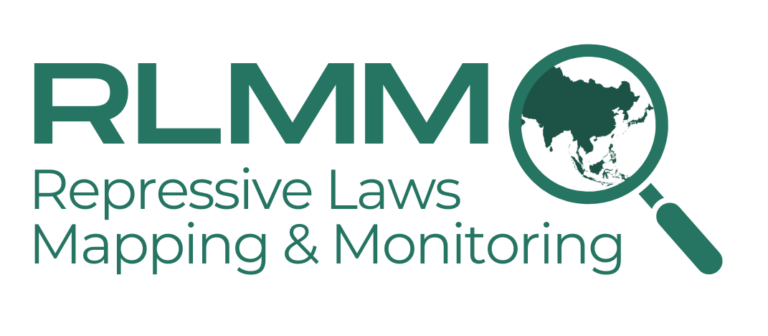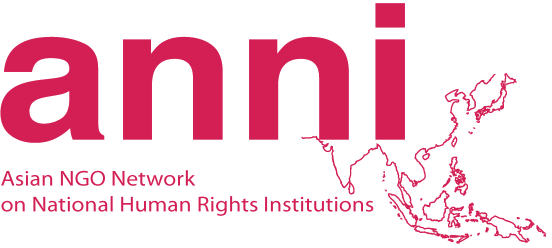On 13 September 2007, the UN General Assembly adopted the Declaration on the Rights of Indigenous Peoples. This day marked the end of the over 20 year struggle to have indigenous rights officially recognised by the UN. The challenge now is to make the declaration into reality.
The declaration presents the minimum standard of rights that are required for indigenous peoples to maintain and develop their communities. It deals with issues ranging from land and resources, to intellectual property rights, to access to health and education, to cultural rights and continuity. It translates and focuses the existing rights of all people to the unique needs of indigenous peoples.
There are an estimated 100 million indigenous peoples in Asia. Not all are recogised or called by their governments as indigenous; they are referred to as ethnic minorities, cultural communities, tribal populations and many other names. With a range of human migration history and colonial occupation across Asia, identifying indigenous peoples remains highly contentious and is perhaps the largest challenge for Asian indigenous peoples in accessing their rights in the declaration.
Indigenous peoples remain at the back of the line to in accessing rights all over the world. The declaration gives a huge opportunity for indigenous peoples to realise their rights that have been out of reach for so long.



